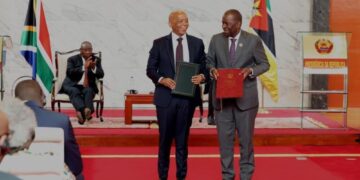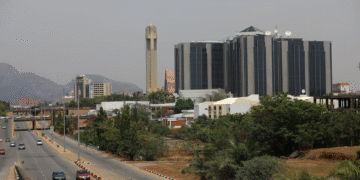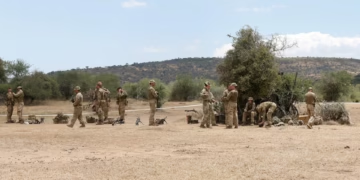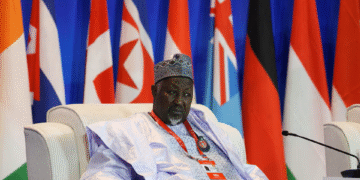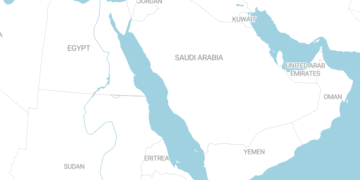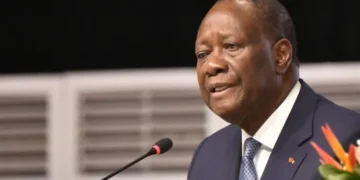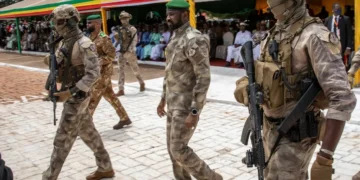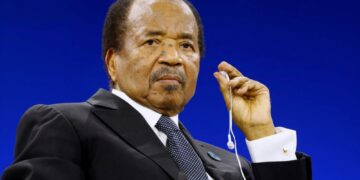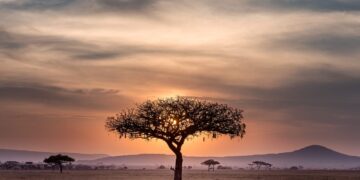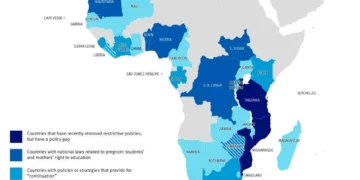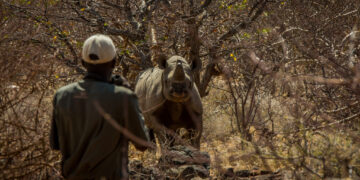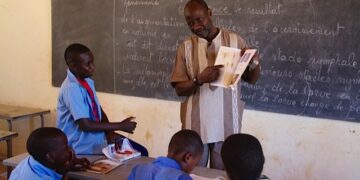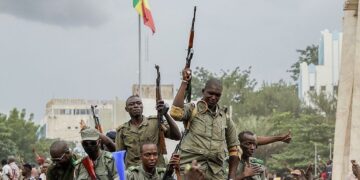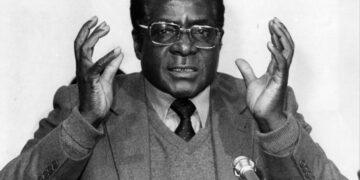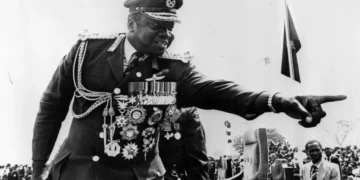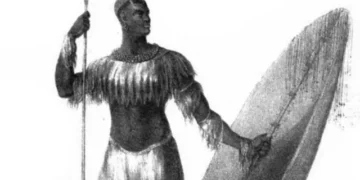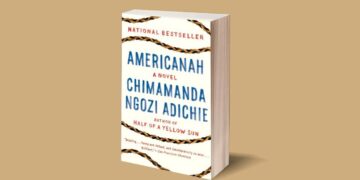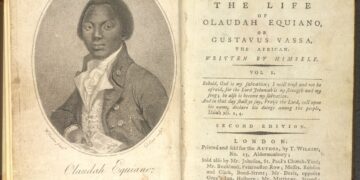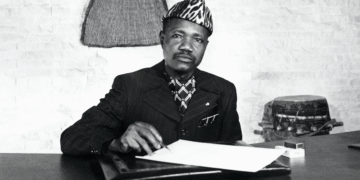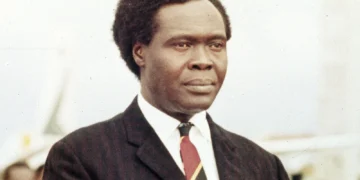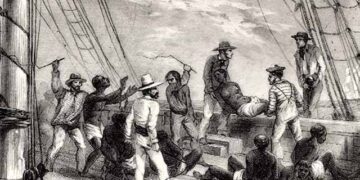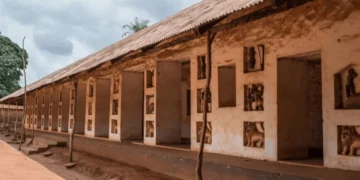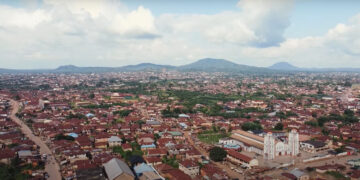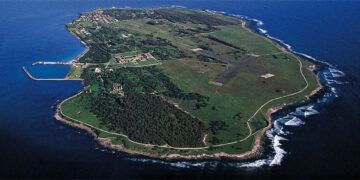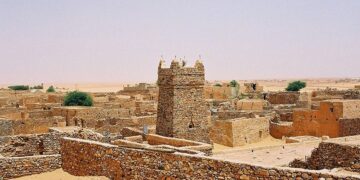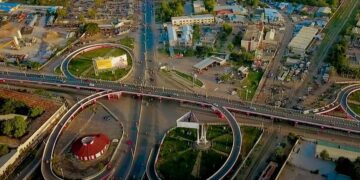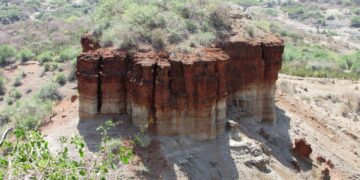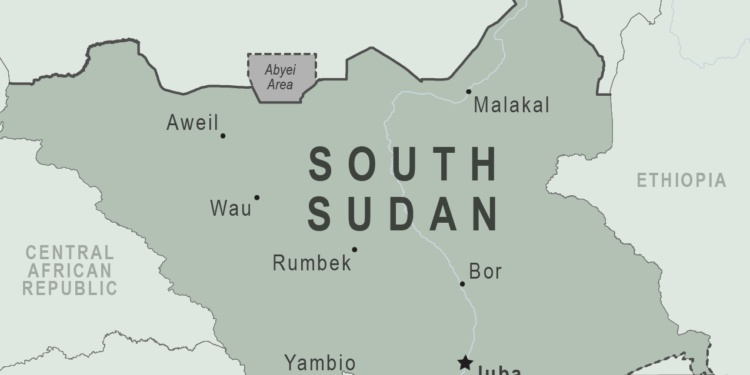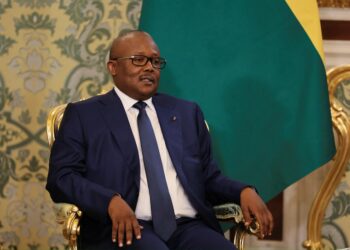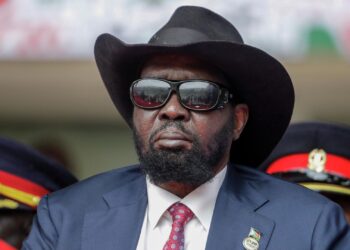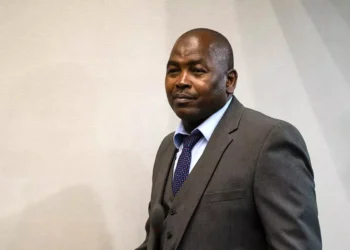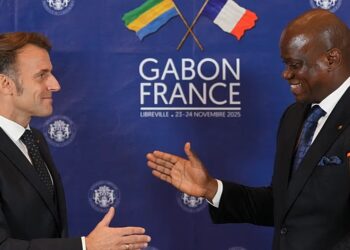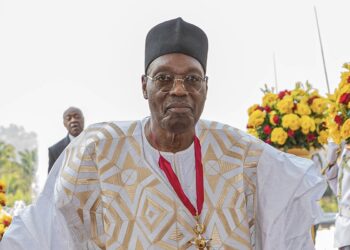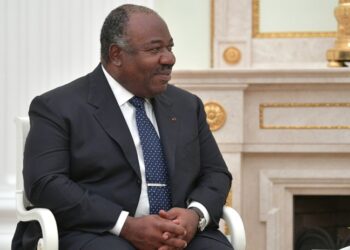The Nyangwara people, located in Central Equatoria State, South Sudan, are one of the many ethnic groups that make up the diverse fabric of the world’s newest country. Part of the Bari-speaking group of peoples, the Nyangwara share linguistic and cultural ties with their neighbors, including the Bari, Mundri, Kakwa, and Bukholu. However, they retain a distinct identity shaped by their geography, history, and social practices. Understanding the Nyangwara people requires exploring their traditional social structures, agro-pastoral livelihoods, belief systems, and the impact of the political upheavals and conflicts that have characterized the region for decades. This article presents an unbiased look at the Nyangwara people, focusing on their community organization, economic practices, cultural heritage, and historical context.
The Nyangwara, like other Bari-speaking people, are believed to have migrated to their current area of South Sudan from the Great Lakes region of Central Africa. These groups settled in the fertile plains along the White Nile River, allowing them to develop a mixed economy based on agriculture and livestock. The Nyangwara population is primarily concentrated in Terekeka County, north of the capital, Juba. Their traditional lands are characterized by savannah, open grasslands, and forested areas, an environment suitable for both crop cultivation and livestock grazing.
Nyangwara identity is primarily defined by their language and clan system. Nyangwara is a dialect within the Bari language family and is mutually intelligible with the dialects of other neighboring Bari-speaking groups. This linguistic affinity has facilitated interaction, intermarriage, and alliances between these communities. However, the Nyangwara maintain a strong sense of distinctiveness, expressed through their local political structures, oral traditions, and specific cultural practices.
Their geographical location has historically placed them in constant interaction with other ethnic groups. To the south and east are the Bari, to the west the Mundri, and to the north the Dinka. These interactions have been diverse, ranging from peaceful trade and alliances to competition over resources such as pasture and water, especially during droughts. This interethnic landscape has shaped the dynamics of the region and played an important role in the history of the Nyangwara.
Nyangwara society is traditionally organized around a patrilineal system of descent, with kinship traced through the male line. The basic social unit is the extended family, consisting of a man, his wives, children, and other relatives living together in one house or group of houses. Many extended families form a clan, a larger group of people who trace their lineage back to a common ancestor. Clans are the basic units of social and political identity and land ownership.
Marriage is a central institution in Nyangwara society and is viewed as an alliance between two families and clans, rather than a simple union between two individuals. Traditionally, marriages are arranged by elders and involve a lengthy process of negotiations and the payment of a bride price (dowry), usually in the form of cattle. Cattle are considered a measure of wealth and status, and the payment of a bride price compensates the bride’s family for the loss of a productive member and strengthens the bonds between the two families. Polygamy is common among those who can afford it, as multiple wives and children are seen as a source of prestige and employment.
Traditionally, the Nyangwara political structure was decentralized and fragmented. Power was exercised by clan chiefs and elders who were responsible for managing the day-to-day affairs of their communities. These leaders were selected based on their wisdom, knowledge of tradition, and ability to resolve disputes. Disputes, whether related to land, livestock, or personal matters, were resolved by councils of elders, which listened to both sides of the dispute and reached a consensus decision based on customary law.
In addition to clan chiefs, there were also spiritual leaders or “rainmakers” who held important positions. These individuals were believed to have the ability to communicate with the spirit world and influence the weather, particularly rainfall, which is vital for successful agriculture. The rainmaker was responsible for performing rituals to ensure timely rainfall and ward off drought. Their authority was primarily spiritual, but it often gave them significant political influence. With the introduction of colonial administration and later the modern state, these traditional power structures were combined with or challenged by formal systems of governance, often resulting in hybrid power structures.
The Nyangwara economy is traditionally based on a combination of settled agriculture and livestock rearing, a practice known as agropastoralism. This dual economic system provides a diverse and reliable source of food and reduces the risks associated with relying on a single source.
Agriculture is primarily the responsibility of women. The main crops grown include sorghum, millet, maize, sesame, beans, and pumpkins. Farming is carried out using hand tools, such as hoes, and is highly dependent on seasonal rainfall. Most agricultural production is consumed by the family, with any small surplus sold in local markets to purchase other basic commodities.
Livestock rearing, on the other hand, is primarily the domain of men. Cattle are the most valuable economic and cultural asset in Nyangwara society. They not only provide food (milk and blood, but rarely meat), but also serve as a measure of wealth, a form of currency (especially in bride price payments and fines), and a symbol of social status. Goats and sheep are also used, but cattle occupy a central place in economic and cultural life. During the dry season, when pasture is scarce near villages, men and young boys may take their livestock to remote cattle camps (mor) near rivers or other water sources, returning to the villages with the onset of the rainy season.
In addition to farming and livestock rearing, the Nyangwara also engage in other subsistence activities. Hunting, fishing, and the gathering of wild plants, fruits, and honey provide supplementary sources of food and income. These activities are particularly important during periods of food scarcity. However, decades of conflict and insecurity have severely impacted these traditional livelihoods. Population displacement, livestock loss, and disruption of agricultural cycles have increased food insecurity and dependence on humanitarian aid for many Nyangwara communities.
Nyangwara culture is rich in oral traditions, music, dance, and ceremonies that mark important life stages, such as birth, initiation, marriage, and death. Historical knowledge, social norms, and moral values are passed down from generation to generation through storytelling, songs, and proverbs. Dance and music, often performed with drums and other local instruments, play a central role in ceremonies and social gatherings, strengthening community identity and cohesion.



